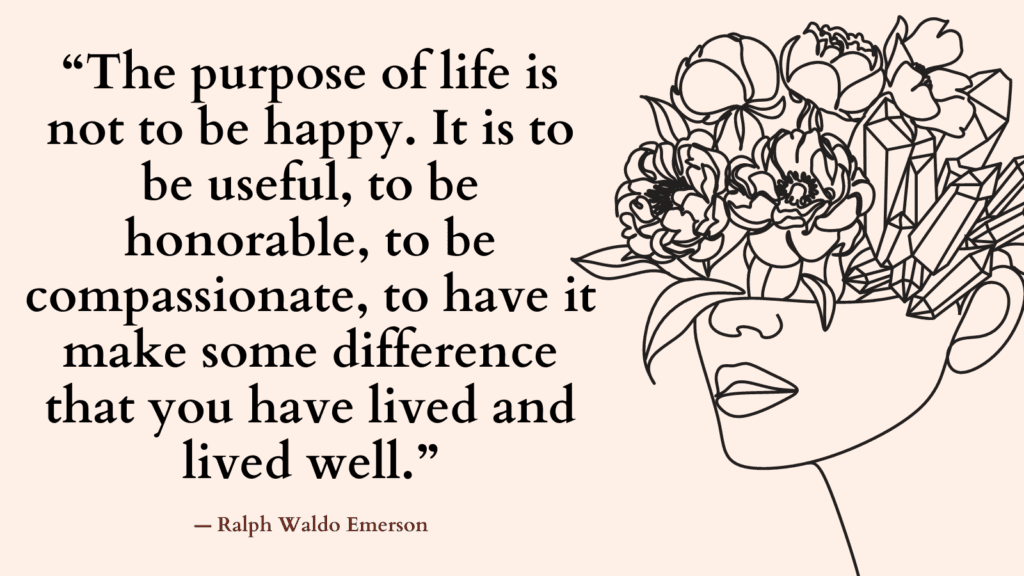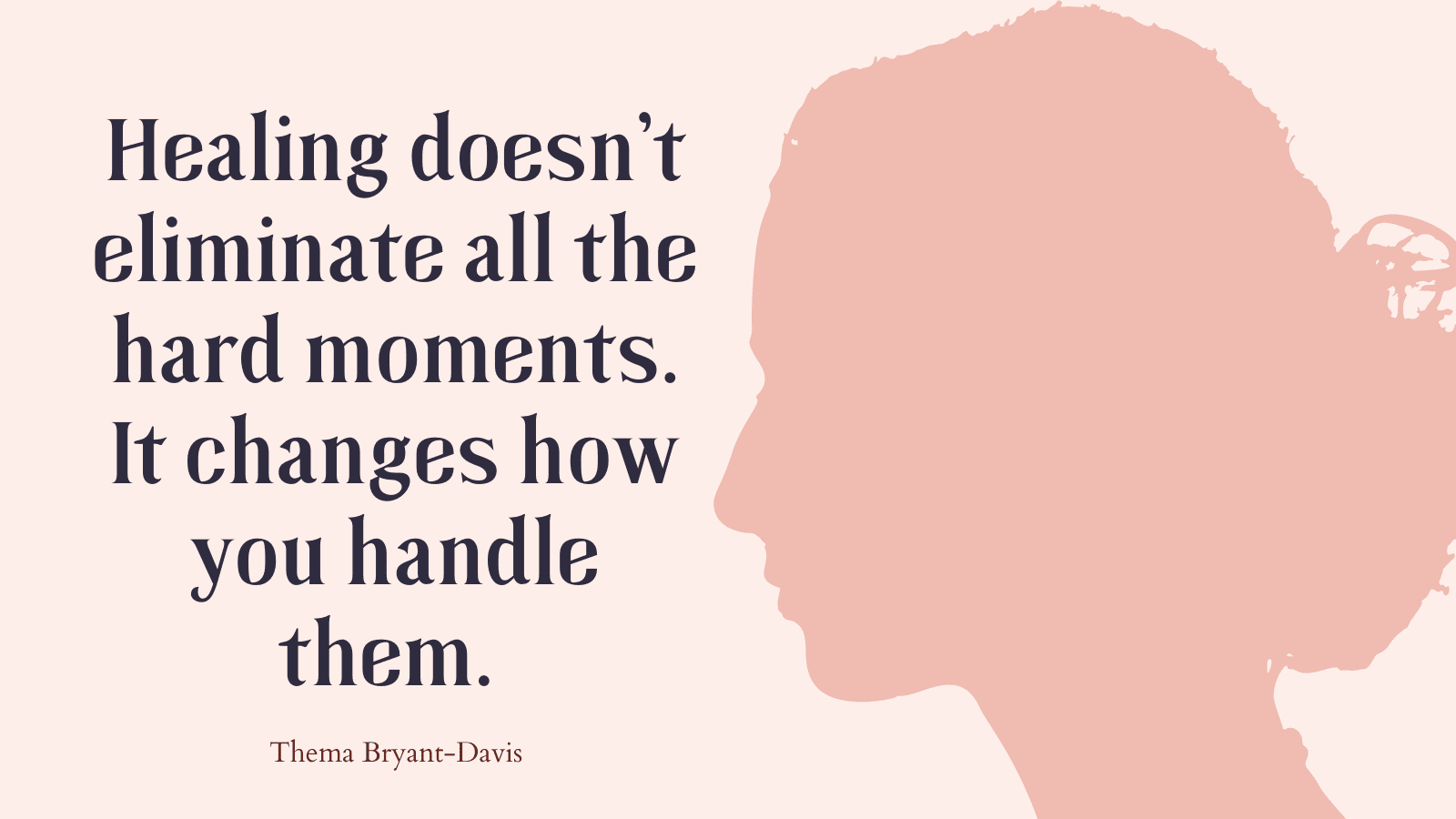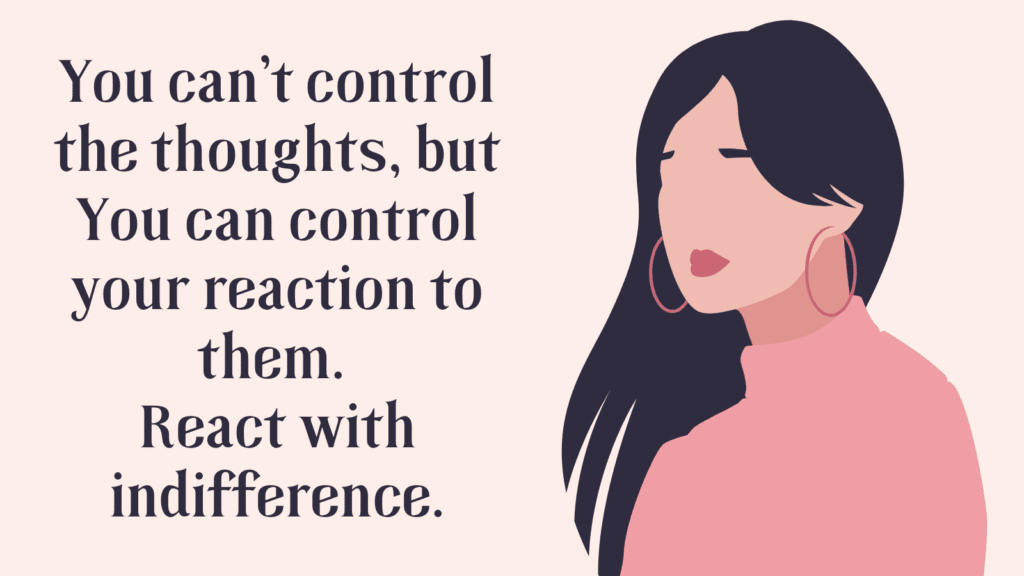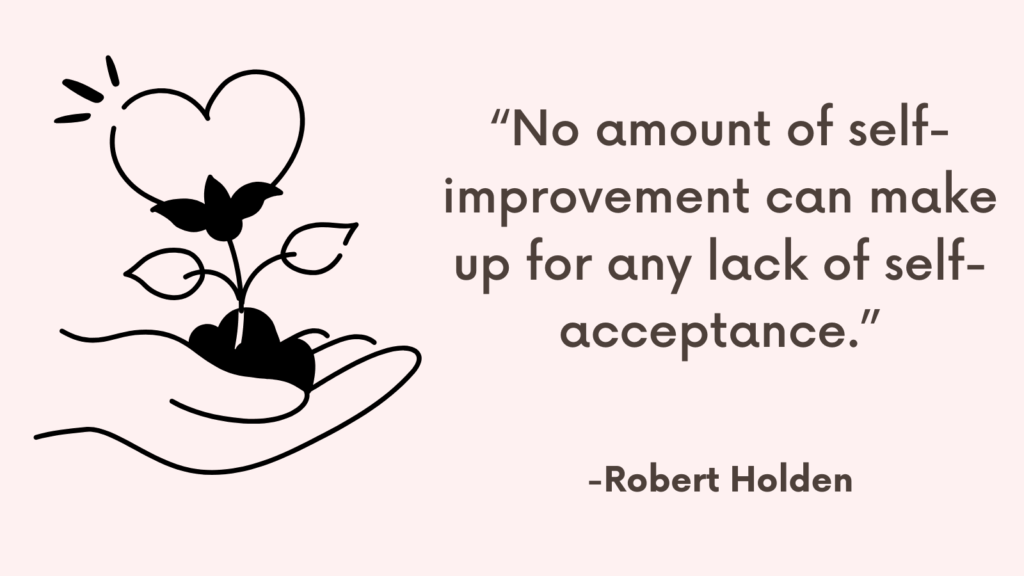Today, you’re going to learn all about sould alignment and how to reconnect with your essential self and find your purpose.
- What Is Soul Alignment?
- Getting to Know Your “Essential Self” And “Social Self”
- Soul Alignment: How to Reconnect With Your Essential Self?
- 7 Signs You Haven’t Found Your Calling Yet
- Soul Alignment: How To Find Your Passion And Purpose?
- How do You Know You Reached Soul Alignment and Are on The Right Path?
- Find Your Purpose Worksheets
What Is Soul Alignment?
Soul alignment is the process of bringing your thoughts, beliefs and actions into harmony with your true self or your soul’s purpose.
It is about living a life that is authentic to you and aligning with your soul’s desires.
When we are not in alignment with our soul, we may feel stuck, unfulfilled or experience a sense of disconnection from ourselves and others.
The journey towards soul alignment involves self-reflection, healing, and personal growth. It requires us to let go of anything that no longer serves us, including limiting beliefs, negative thought patterns and unhealthy relationships.
By aligning with your soul’s purpose, you can experience a greater sense of peace, happiness, and fulfillment in your life.
Getting to Know Your “Essential Self” And “Social Self”
As the mind has two parts; “the subconscious mind,” and “the conscious mind,” each of us also has two sides “the essential self,” and “the social self.”
The Essential Self
The essential self, formed before you were born, is and will always remain curious and playful.
It’s the sense of identity you got from your characteristic desires, preferences, and emotional reactions. It’s the basic you and the essence of your personality. But also this essential self has all the navigational equipment that points toward your own North Star.
However, the essential self is often repressed by the social self, which makes it inevitable to lose your true path.
The Social Self
The social self is the side of you that developed in response to pressures from the people around you. From a very young age, we’ve been designed to please others.
Your essential self cracked your first baby smile and your social self noticed how much your mom loved that smile. Later you used that smile at the right moments to get what you need from her.
You still have both responses. Sometimes your smile is involuntary, out of joy or amusement, but many of your smiles are purely based on social convention.
The social self is the vehicle carrying you through life. It’s the set of skills you need to carry you toward your North Star.
The social self is an asset that is as important as your essential self. It allows you to sustain relationships, finish school, hold down jobs, and achieve a lot of other goals.
If your essential self wants to become a doctor, the social self applies to medical school and struggles through college.
As long as the essential and social self are aligned and communicating clearly with each other and working in synchrony, you’re on the right path.
However, the vast majority of us lose connection with our essential selves. We put other people in charge of charting our course instead and we steer our lives according to others’ expectations. We never even think of consulting our own navigational equipment.
Naturally, we find ourselves off course.
Soul Alignment: How to Reconnect With Your Essential Self?
The most basic way to align and reconnect the two sides of your personality is to teach the social self to pay attention when your essential self says “No”.
Your essential self says “No” to anything that isn’t in harmony with your essential desires. It can sabotage interviews when you want to get a job you don’t love but believe it’s what you should do.
You might find yourself getting late, even though you’re a punctual person. Your mind might freeze when you attempt to answer questions, no matter how easy they are.
The part of your brain that processes, analyzes, and communicates is overwhelmingly dominated by the social self. This is why the essential self has to resort to extreme measures in order to communicate.
That doesn’t mean that the essential self never uses words. It does, and when it speaks, your social self is usually surprised by what it says. Creative writers often describe the process as being in a dream state during which they’re not fully conscious of the words they’re going to write. Even then, the social self would interfere with making comments such as “What will people think?”
In short, since it takes enormous energy to quiet the social self, “the essential self usually “speaks” through parts of your being that aren’t under conscious control.” These parts include your emotional responses and basic body-maintenance functions like respiration, sleep, and sexual desire.
When you’re not on your true path, your essential self will its tools to stop you, and when your social self doesn’t pay attention to mild warnings, the essential self resorts to more extreme measures.
For example, you might be oblivious to your discontent until you find yourself weeping at a business meeting.
The good news is you can avoid such unpleasant situations if you learn the word “No” when your essential self uses it.
How Do You Know You’re Off Course?
When the communication between your essential self and social self is broken, they are not in sync anymore.
You experience feelings of discontent, anxiety, frustration, anger, boredom, numbness, or despair.
Related: Finding My Purpose Worksheet (+Essential Guide To Find Your Purpose)
7 Signs You Haven’t Found Your Calling Yet
The word “No” is one of the favorite words for two-year-olds. They express it loudly and use it constantly.
However, as we grew up and needed to socialize, we learned to say “yes” to all cultural demands, even for the things we didn’t want. In fact, “No” has almost become a taboo.
If you grew up in a social environment that met your real needs, you didn’t have to force yourself to say “yes” that often.
On the other hand, the more hostile your social environment is to your true desires, the more you find yourself forced to say “yes” until you stopped feeling inner resistance.
Your social self no longer knows what you want. But your essential self cannot be corrupted. It will fight you every time you make a decision that sends you farther from your North Star.
Here are some of the most common ways through which your essential self says “No”:
1. Energy Crisis
People usually feel drained and exhausted on their way to jobs, classes, social functions they think they must attend. If you hate your job, for example, you might experience a rise in your energy the moment you step out of the office.
In other words, your energy level varies wildly, depending on what you’re doing at the moment and the more your essential self says “No” to something, the more you’ll feel drained when you do it.
2. Sickness
Numerous studies show that stress decreases your immune system’s response, leaving you vulnerable to all sorts of diseases.
People with overly developed social selves experience this kind of stress, sometimes for many years, without noticing it. It never occurs to them that they hate their lives or part of their lives. The effect on their immune system is disastrous.
3. Forgetting
When you try to drag your essential self away from your North Star, it can say “No” through forgetting things that will help you go in a direction it doesn’t like. Your brain will simply refuse to recall the information.
For example, you might have had a school class that you couldn’t remember anything from no matter how much you studied for it, simply because you never liked it.
4. Social Suicide
Your essential self doesn’t want you to get comfortable around just anybody. Life is too short to waste on people you don’t love.
This is why you might find yourself unable to pull off your graceful image. You might stutter, trip, tell an ill-timed joke and embarrass yourself around some people. This is a sign that your essential self isn’t happy being around these people.
5. Fight or Flight Mechanism
Fight or flight is one of the most powerful tools the essential self uses to say “No”. When you find yourself heading away from your North Star, your essential self prepares your body for battle or escape by speeding your heart rate and flooding you with adrenaline.
This means that you might find yourself having a panic attack in the middle of a meeting or a social gathering, and no matter how hard the social self tries to force a calm facade, the impulse to hide or lash out in a rage at anyone and anything can be overwhelming.
Trying to go along with your social self and keeping that energy inside can mess up your waking and trash your sleep.
6. Addiction
When your North Star progress is halted or reversed, your essential self feels a constant sense of emptiness.
It starts looking for anything that can dull this feeling, such as eating, drugs, alcohol, gambling, etc. Your essential self may mistake the quick fix for your North Star. This usually leads to addictive behavior.
This explains why some of the hyper-responsible, perfectionist people find themselves addicted to the most counterproductive things.
Aligning your life with your true path is one of the most effective ways to recover from addictions.
7. Moody Blues
Altering your mood is another tool the essential self uses to say “No”. This is about the times when you suddenly break down in tears during an ordinary workday or burst out laughing in the middle of a serious meeting.
If you find yourself experiencing moods you can’t explain or having, according to the social self, “inappropriate” reactions, then this is a sign your essential self and social self are seriously disconnected.
Summary
To connect with your essential self and find your way to your North Star again, answer the following statements.
- Your Lowest-energy situation:
- Three people who bring out your worst social behavior:
- Time when you experienced the worst medical sysmpotm:
- Most forgettable information type:
- Problem that most disturbed your sleep:
- Worst bad habit trigger:
- Setting for your worst mood
Soul Alignment: How To Find Your Passion And Purpose?
#1. Clarify What’s Important in Your Life
Start to identify your values by brainstorming for five to ten minutes about values that might reflect who you are.
If you find it hard to identify your values, try answering the following questions:
- What are you willing to speak up for or against?
- Which personal traits do you value in yourself and your mentors?
- Which values do you hope to instill in your children?
- Using your values, write a short personal mission statement that describes your purpose in life.
- How much time do you currently spend on goals and activities that are most important to you?
- What would your life look like if you are to align it with your values and priorities?
- What changes can you think of that will better sync your values and your activities?
List of possible positive characteristics and values
Appreciation of others · Artistic ability · Awareness of environment · Assertiveness · Balance · Being part of a community · Being in a team · Capacity to change and develop · Chilling out · Collaborating with others · Connecting with people · Creativity · Excitement · Financial management · Family commitment · Freedom · Friendship · Fun · Generosity · Helping others · Honesty · Honour · Humour · Independence · Individuality · Intelligence · Integrity · Intimacy · Kindness · Learning from experience · Looking after myself · Love · Musical ability · Networking · Not taking myself too seriously · Organizational skills · Physical health · Physical fitness · Relaxed approach and attitude · Reliability · Religious lifestyle · Risk-taking · Self-awareness · Self-expression · Sensuality · Sexuality · Sharing · Solitude · Social conscience · Standing up for rights · Spirituality · Stability · Success · Understanding
#2. Create A Personal Life Mission Statement
A mission statement helps you understand the purpose and values of your life.
Writing your life mission statement might take several drafts before you’re happy with your statement
1. Review your three most highly rated core values.
2. For each value, consider actions you can take (Because I value ___________, I plan to __________).
How do You Know You Reached Soul Alignment and Are on The Right Path?
In the same way, your essential self says “No” and communicates you’re heading away from your north star, it uses the same tools to say “Yes” and communicate that you’re on the right path.
The following are some of the most common ways through which your essential self says “Yes”:
1. Nuclear Energy
When you’re more responsive to your essential self and are aligned with your true path, you experience effortless high energy of “doing without doing” available in more and more situations.
If you hate your work, for example, this astonishing energy surge can be experienced every day once you leave your desk. Or when you’re tired of talking to someone then she mentions the person you’ve secretly a crush on, and suddenly you’re at full attention.
To know when your essential self is saying “yes”, start noticing the kind of activities or topics that increase your energy level.
2. To Your Health
Just as stress can lower your resistance to disease, being happy strengthens your immune response. And you’re most happy when you’re headed directly for your North Star.
You may not be aware of how badly something is influencing your health until you stop doing it. Suddenly your health gets better. It could be a job, a relationship, a lifestyle that was draining your health.
3. A Strong Memory
Just as the essential self blocks memory when you’re headed away from your true path, it is capable of making you a memory genius when it comes to your essential-self interests. You may forget your phone number regularly, but in this particular area, your mind lights up every time.
4. Time Wrap
Time flows differently when something wonderful is happening in your life. You start working on something you love and you forget the time. You become engrossed in conversation with someone you love, and suddenly realize that hours had passed without your noticing them.
Ask yourself is there anything you do that swallows your sense of time?
5. Emotional Intelligence
If your essential self can shut down your social skills when it wants to get you out of bad relationships, it can also enhance those skills when you’re headed in the direction of your North Star.
You may notice that with some people your social interaction unfolds gracefully. You’ll say the right things at the right times. You’ll feel waves of positive energy gravitating toward you. You feel both relaxation and empathy. You feel comfortable in your own skin but you also find yourself stepping into the other person’s shoes. You understand the person and feel understood in return.
6. Magnetic Attraction
This is the opposite of the fight-or-flight reaction. When you’re moving closer to your North Star, an intense reaction makes some people, places, or things so attractive to you that for a while, you can’t think about much else.
You feel a sort of mellow relaxation around some people. When you look at something you find intensely appealing, your pupils dilate and your rate of blinking drops, as if your eyes are trying to take in more of what you’re seeing. Your heartbeats may quicken, but instead of panic, you feel a flood of euphoria and desire.
7. A Natural High
When you’re heading toward your North Star or letting go of burdens that were holding you back from your North Star, a maddeningly good mood comes over you.
By noticing these good moods and doing more of the activities that enticed them, you reconnect with your essential self.
Find Your Purpose Worksheets
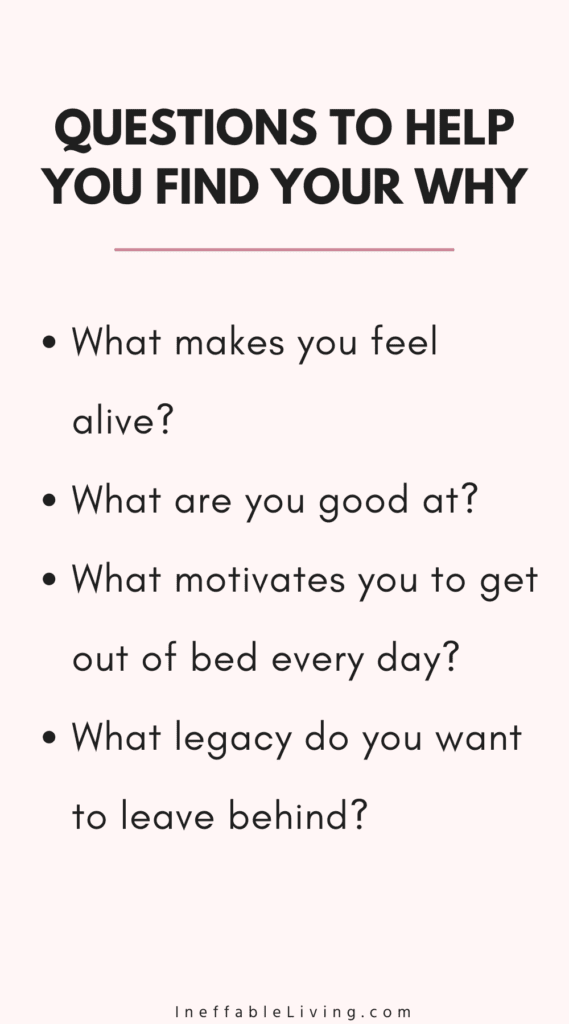
References
Portions of this article were adapted from the book Finding Your Own North Star, © 2001 by Martha Beck. All rights reserved.
